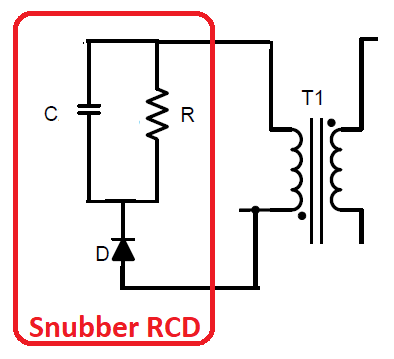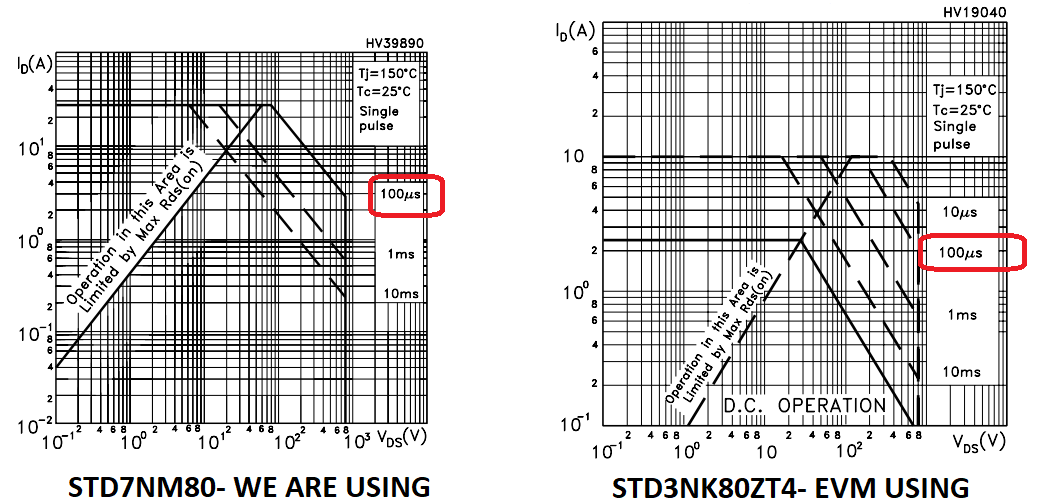Other Parts Discussed in Thread: LM3424
Hi,
Please find the attached Isolated 7Watts CC circuit. I have a problem at output voltage which is having 3Volts of ripple out put. Tried increasing the Cout(to 470Uf + 220Uf) but still ripple(50Hz , 3Vpp) been seen.
Rgds
ChandraACTODC_CONV.pdf









